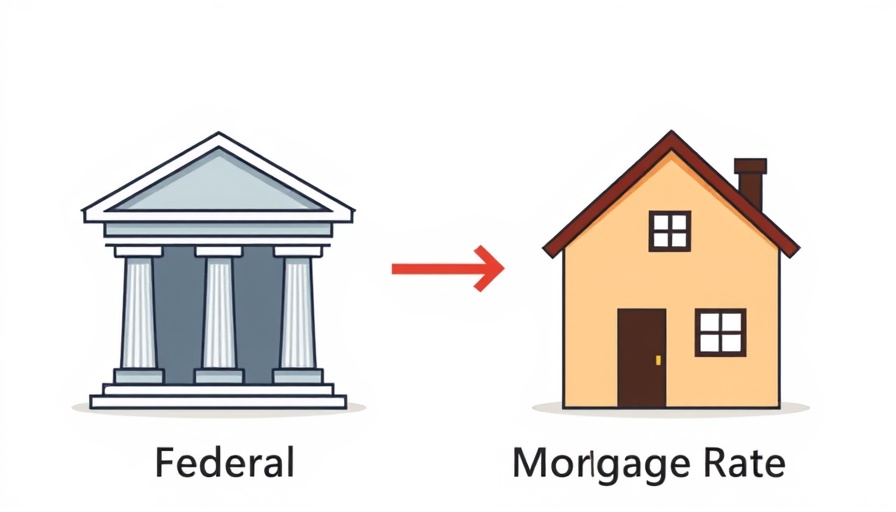
Understanding the Role of the Fed Rate in Mortgage Rates
When it comes to financial literacy, one of the most perplexing issues is the relationship between the Federal Reserve's rate and mortgage rates. Most people mistakenly believe that any alteration in the Fed Rate will immediately be mirrored by corresponding changes in mortgage rates, but this is far from the truth. In this article, we’ll clarify what the Fed Rate is, how it functions, and how it influences mortgage lending, especially for residents of Fresno, CA.
What Exactly is the Fed Rate?
The Federal Funds Rate—often referred to simply as the Fed Rate—is the interest rate at which banks lend reserves to other banks overnight. The Federal Reserve, led by Chair Jerome Powell, adjusts this rate to manage economic growth, control inflation, and stabilize employment levels. Numerous financial products, including credit cards and auto loans, reference the Fed Rate as a fundamental benchmark.
Why Mortgage Rates are More Complex
Unlike the Fed Rate, mortgage rates are affected primarily by the bond market, specifically the yield on the 10-year U.S. Treasury note. While one might assume a direct relationship, mortgage rates often respond more robustly to economic indicators like inflation trends and market confidence rather than changes in the Fed Rate. This disconnect explains why mortgage rates can remain unchanged, or even rise, when the Fed lowers its rate.
Real-World Implications: Fed Rate Changes and Mortgage Rates
It’s essential to understand the implications of this distinction—especially when economic conditions fluctuate. For instance, in the past year, there have been several occasions where the Fed either lowered rates or maintained them, yet mortgage rates continued rising. This highlights the underlying complexities and nuances that potential homebuyers in Fresno should take note of.
Breaking Down the Factors Influencing Mortgage Rates
- Economic Indicators: Mortgage rates fluctuate not just with the Fed Rate but also due to broader economic indicators such as inflation and employment statistics.
- Global Events: Geopolitical events can significantly impact investor confidence and, consequently, mortgage rates.
- Investor Activity: The supply and demand for mortgage-backed securities also play a crucial role in determining mortgage rates.
- Market Predictions: Anticipations about future economic conditions can lead lenders to adjust rates preemptively.
Why Understanding This Difference is Crucial
Keen awareness regarding the differences between the Fed Rate and mortgage rates empowers consumers to make informed decisions. Waiting for changes in the Fed Rate, with the hope of securing lower mortgage rates, may not yield the desired results. Homebuyers who understand this dynamic can be proactive rather than reactive in their home-buying journey.
Connecting Dots: What It Means for Fresno Residents
As a Fresno resident considering buying or refinancing a home, you should stay abreast of both Fed Rate changes and mortgage rates, but remember that they don’t always move together. With the right information, you can develop a strategy that maximizes your buying power—regardless of Fed decisions.
Looking Ahead: What’s Next For Mortgage Rates?
Given the complexities of the mortgage landscape, it’s challenging to predict precisely how rates will trend in the future. Factors like ongoing inflation, economic recovery from the pandemic, and the geopolitical climate can all influence the market. Consulting with a knowledgeable lender can help identify current conditions and maximize opportunities.
In summary, while the Federal Reserve does influence overall interest rates, it does not set mortgage rates. To navigate today’s financial landscape effectively, do not wait for the Fed to act; instead, work with experts to discuss how current conditions and your financial goals intersect.
Thinking of buying or refinancing? Don’t wait for the Fed to lower rates! Let’s talk about your goals now and see how today’s market conditions can work for you. Contact us today!
 Add Row
Add Row  Add
Add 




 Add Row
Add Row  Add
Add 

Write A Comment